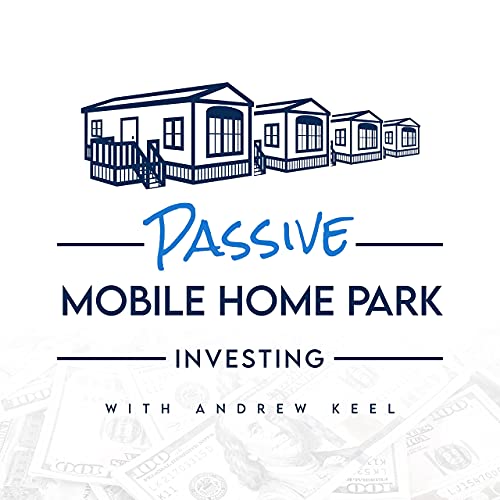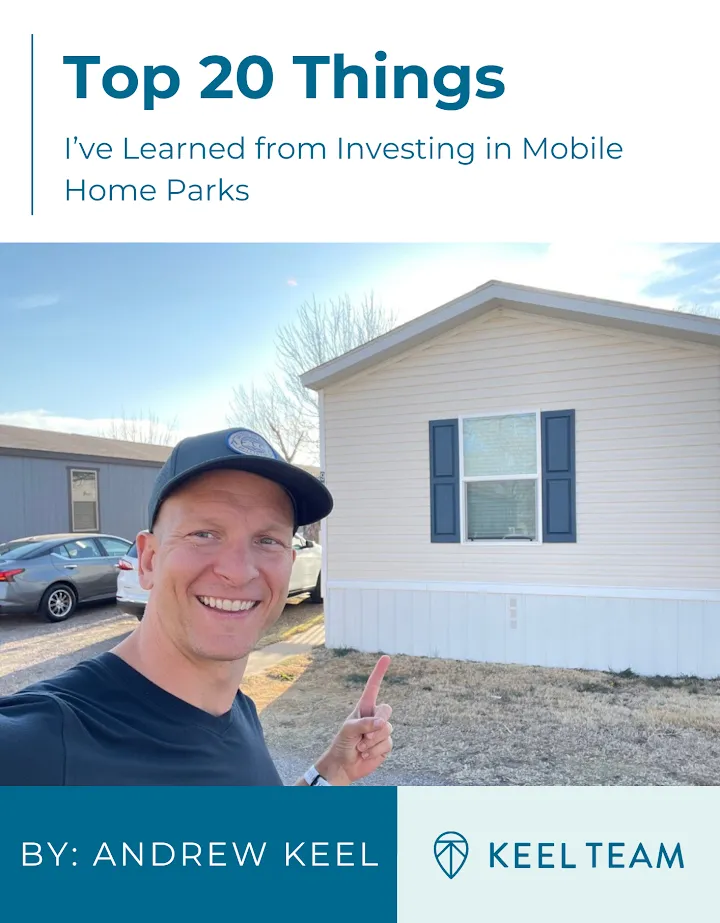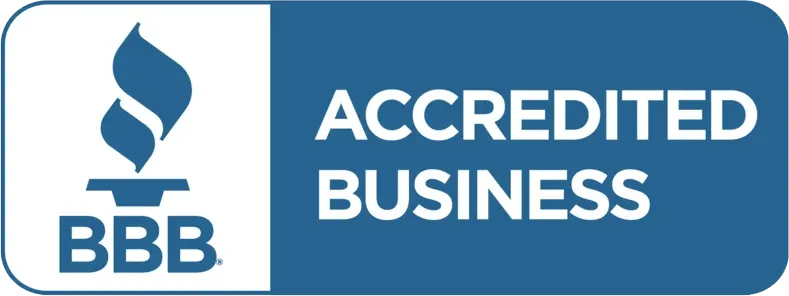Mobile Home Park Syndication Waterfall Explained
-
 Tristan Hunter - Investor Relations
Tristan Hunter - Investor Relations
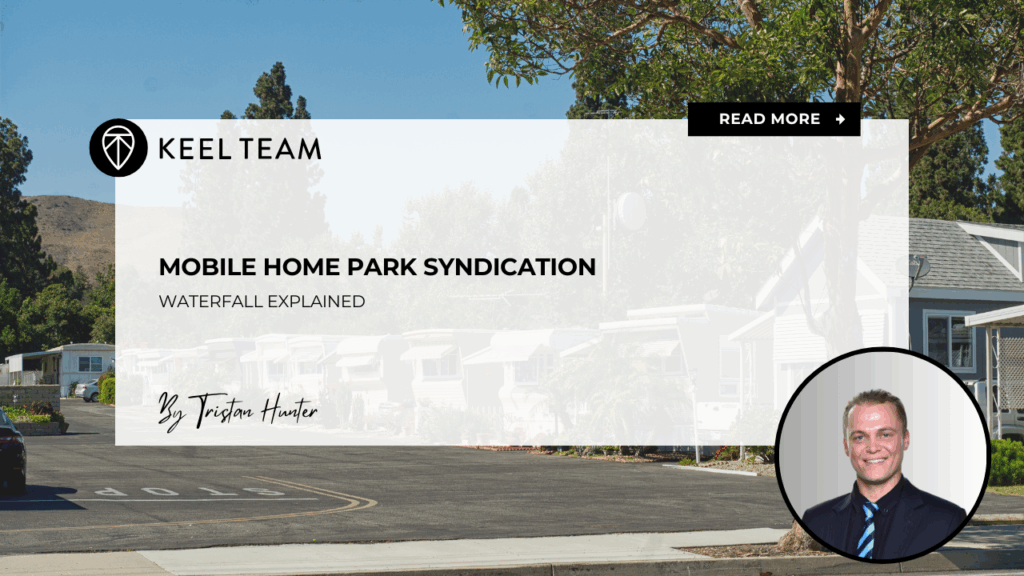
Mobile home park investing continues to attract both seasoned and first-time investors who are searching for a way to earn passive income and diversify their portfolios. However, understanding how profits flow from a mobile home park syndication is critical before wiring funds. The distribution structure—known as the syndication waterfall—determines who gets paid, how much they get paid, and in what order. In this expanded guide, we break down the components of a waterfall step by step. You should learn what preferred returns mean, how cash-on-cash returns help measure performance, and how the promote works. While this article is for educational purposes only and not legal or financial advice, it should give you a clearer picture of how mobile home park investments are structured and why the waterfall matters.
What Is a Mobile Home Park Syndication Waterfall?
A syndication waterfall is a distribution model that spells out how cash flow and profits are allocated between investors and the sponsor over the life of the deal. The term “waterfall” is used because distributions move through multiple steps, like water cascading down levels, until all obligations have been met.
This structure prioritizes investors first, then rewards the sponsor once investors have received their targeted returns. The idea is simple: investors receive their preferred return and their initial capital before the sponsor participates in profits. This keeps the sponsor focused on performance that benefits investors first.
Download our FREE eBook on the Top 10 things to know BEFORE investing PASSIVELY in mobile home parks!
Key Components of Our Waterfall
Preferred Return (Pref)
Our model begins with a 10% preferred return to investors. This means the first available cash flow is used to pay investors up to a 10% annualized return on their invested capital. If the property does not generate enough cash flow to cover the full pref in a given year, the unpaid amount accrues and is paid in future years before any capital is returned or profits are split.
Return of Capital
After the 10% pref has been fully satisfied, the next step is the return of capital. Investors receive back their initial contributions before the sponsor receives any share of profits. This ensures that investor principal is protected and returned as early as possible.
Profit Split
Once both the pref and the return of capital are complete, all remaining profits are split 80/20, with 80% going to investors and 20% to the sponsor. This split applies to ongoing cash flow as well as any profits realized at sale or refinance events.
Understanding Cash-on-Cash Returns
Cash-on-cash return measures the annual pre-tax cash flow distributed to investors as a percentage of their invested equity. In other words, it tells you how much cash you are earning relative to the cash you put in.
For example, if you invest $100,000 and receive $10,000 in distributions over the year, your cash-on-cash return is 10%. Investors often use this metric to monitor ongoing performance and compare it with projections. Consistent cash-on-cash returns show that the property is producing stable income, which can be a sign of healthy operations.
You can also compare cash-on-cash return with metrics like IRR to get a complete picture. Cash-on-cash focuses on annual income, while IRR captures the total return over the entire hold period, including sale proceeds.
The Sponsor Promote Explained
The sponsor promote is the share of profits the sponsor receives only after investors receive their pref and capital back. Because the sponsor earns this 20% share only after investors are made whole, the promote creates strong alignment of interests. The sponsor is incentivized to improve operations, fill lots, and manage expenses efficiently to maximize overall profitability.
Example of Our Waterfall
Here’s how the model works for a $1,000,000 investment:
- Investors first receive a 10% preferred return (cumulative if not fully paid).
- After the pref is caught up, investors receive back their $1,000,000 in contributed capital.
- Remaining profits are split 80/20, with 80% to investors and 20% to the sponsor.
This straightforward approach ensures investors are prioritized and rewarded before the sponsor participates in the upside.
Common Benefits of This Waterfall Structure
Our approach provides several advantages:
- Strong Investor Priority: Pref is paid first, then capital is returned, ensuring investors are repaid before sponsor participation.
- Aligned Incentives: The sponsor earns their promote only after investors are whole, aligning everyone’s interests.
- Clarity and Simplicity: A single profit split (80/20) keeps the structure easy to understand.
- Focus on Cash Flow: The 10% pref encourages the sponsor to generate steady distributions rather than back-loading returns.
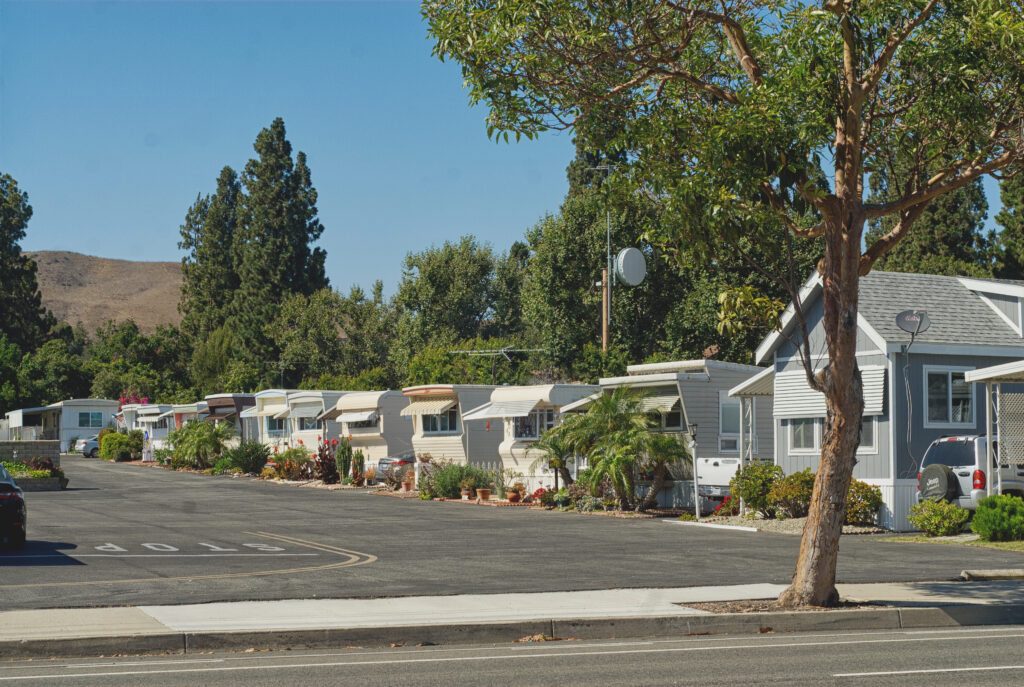
Risks and Considerations for Investors
Even with this investor-friendly structure, risks still exist:
- Cash Flow Variability: If early cash flow is low, pref payments may accrue and delay capital return.
- Market Conditions: Economic downturns or unexpected expenses may impact cash flow and timing of payouts.
- Sponsor Execution: Effective management is essential to generate sufficient income to cover the pref and achieve profit splits.
As always, investors should carefully review the Private Placement Memorandum and ask questions about projections and assumptions before committing capital.
Smart Questions to Ask Before Investing
- Is the preferred return cumulative?
- How often are distributions made—monthly, quarterly, or annually?
- How quickly is capital expected to be returned?
- Are any additional fees charged before profit sharing begins?
- How are proceeds handled if a refinance or capital event occurs mid-hold?
These questions will clarify expectations and help ensure the structure aligns with your investment goals.
Final Thoughts
Understanding the mobile home park syndication waterfall is critical for making informed investment decisions. With a preferred return, a full return of capital, and a clear profit split, investors can see exactly how and when they will be paid.
While no outcome is guaranteed, this structure prioritizes investor returns and creates a partnership where both investors and sponsors win when the property performs well. Always review offering documents carefully and work with experienced sponsors who communicate transparently and have a proven record of execution.
Are you looking for MORE information? Book a 1-on-1 consultation with Andrew Keel to discuss:
- A mobile home park deal review
- Due diligence questions
- How to raise capital from investors
- Mistakes to avoid, and more!
Disclaimer:
The information provided is for informational purposes only and is not investment advice or a guarantee of any kind. We do not guarantee profitability. Make investment decisions based on your research and consult registered financial and legal professionals. We are not registered financial or legal professionals and do not provide personalized investment recommendations.

Tristan Hunter - Investor Relations
View The Previous or Next Post
Subscribe Below 👇
